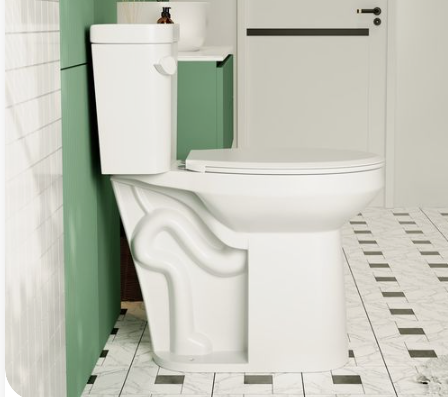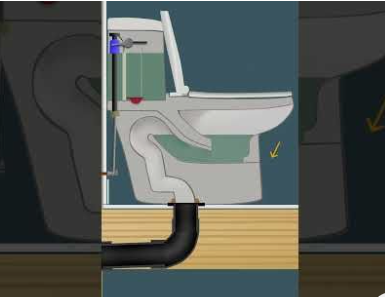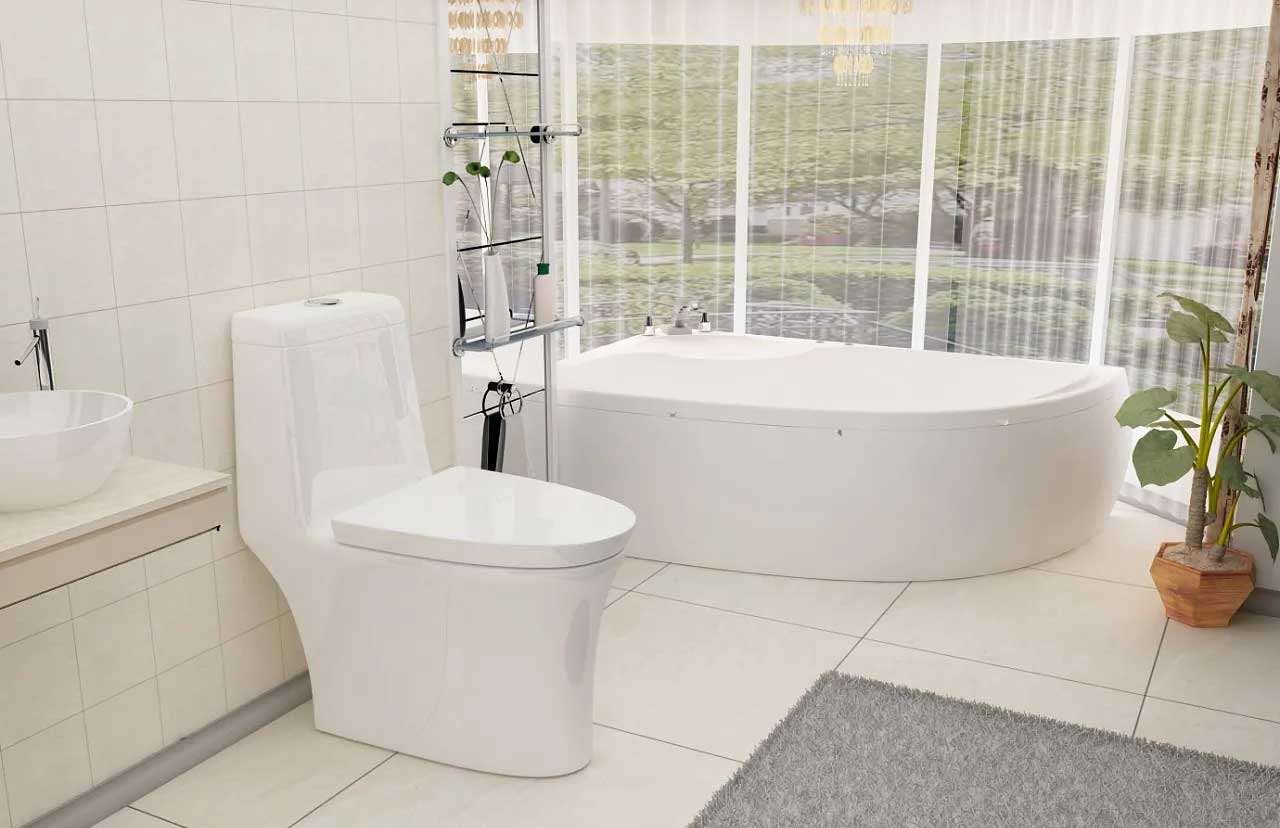Most people are not familiar with how a toilet works. It’s fair for people to assume that all toilets function the same. Toilet flushing systems are not rocket science, but they have undergone some major changes in recent years, such as using less water and disposing of waste efficiently. One thing that remains unchanged is that water is still the cheapest and best medium for removing waste.
Toilet flushing works by using the force of the flush to push waste toward the septic tank. So, the question is how to recreate the vibrancy of this liquid with the least amount of water. What’s more, control it to increase the efficiency of waste cleanup. This won’t happen without taking another perspective in your toilet design.
What are siphonic toilet?
Typically, siphonic toilet have a long, narrow “S” shaped trap. One is connected to the inlet of the bowl and the other is connected to the lower bowl of the drain pipe. This trap design basically creates a siphon, which is what a siphonic toilet is.

Siphonic toilet
How do siphonic toilets work?
By pulling the lever or pressing the flush button, the flush valve opens, allowing water from the tank to flow into the bowl. In the case of a siphon toilet, you will see the water rise in the bowl and then quickly sink into the bowl’s outlet. What’s actually happening is that the water is flowing out of the tank faster and trying to flow out of the bowl right away. This happens because the flush valve has a larger diameter than the trap.
As water drains through the trap, it creates a vacuum by displacing the air inside. When it flows through the kink in the manner of a trap, the siphon begins to work. You can notice this when the water in the toilet stops rising and starts falling. In some siphonic water closet you can see a whirlpool, but the principle of operation is the same.

Siphonic toilet
This vortex is due to the siphon jet present in a siphon toilet. It acts like a gentle push to get the best performance out of the water by using the least amount of energy. It maintains water levels and cleans the toilet bowl thoroughly.
The siphon is ideally so powerful that all heavy solid waste is sucked away by the water. After flushing, you will hear a gurgling sound, which means the vacuum cleaner is broken and the siphon has stopped. Then fill the bowl with the remaining water and refill the tank for the next rinse.

Advantages of siphon toilets
You’ll have a cleaner toilet and fewer skid marks;
Quieter, more powerful flush;
You can save water by using this toilet.


